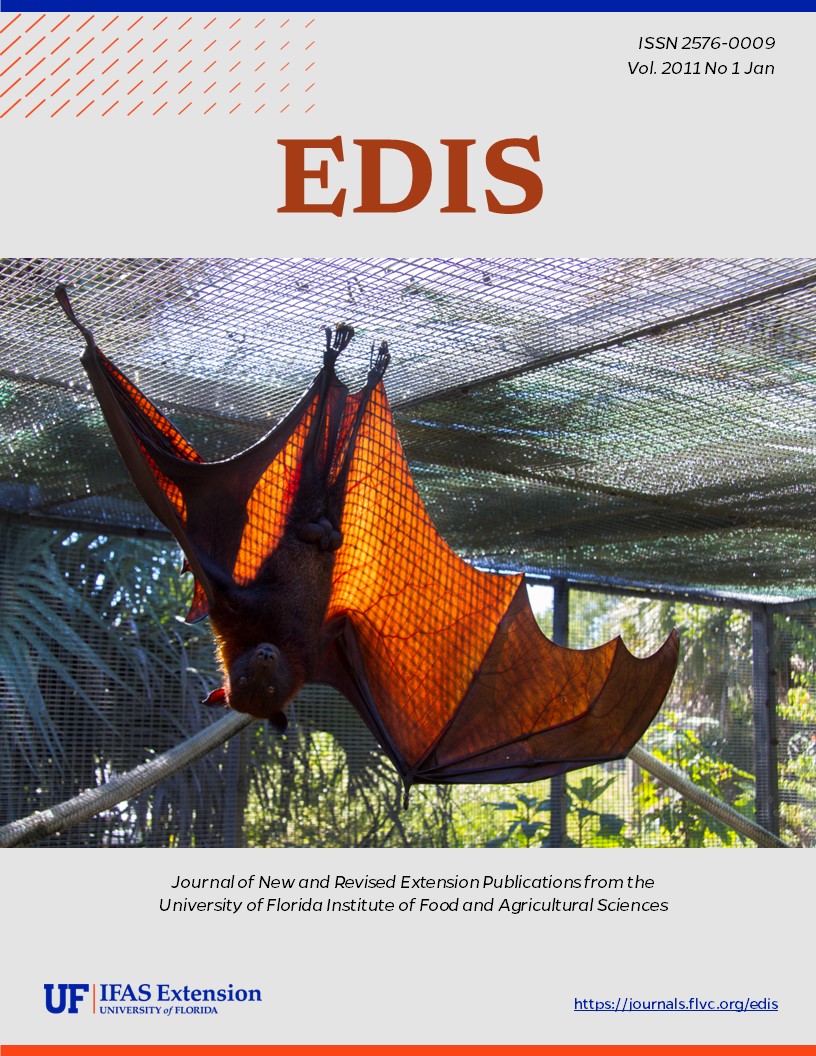Abstract
Revised! Water is essential to sustain life. Not only do we all need a certain quantity of water each day, but the quality of the available water is also critical. Water quality protection in the United States evolved from initially ensuring navigability of waterways to protecting our natural ecosystems. This 5-page fact sheet provides a background for understanding water quality and how it is evaluated and regulated in the U.S. with particular focus on the state of Florida. Written by Kati W. Migliaccio, Yuncong Li, and Thomas A. Obreza. Published by the UF Department of Agricultural and Biological Engineering, January 2011.
ABE 381/AE431: Evolution of Water Quality Regulations in the United States and Florida (ufl.edu)
References
Carson, R. 1962. Silent Spring. Houghton Mifflin: Boston, MA.
Copeland, C. 2005. Clean Water Act and Total Maximum Daily Loads (TMDLs) of pollutants. CRS Report for Congress. Order Code 97-831 ENR http://digital.library.unt.edu/govdocs/crs/permalink/meta-crs-10107:1.
Deason, J. P., T. M. Schad, and G. W. Sherk. 2001. Water policy in the United States: a perspective. Water Policy 3:175-192. https://doi.org/10.1016/S1366-7017(01)00011-3
Downing, D. M., C. Winer, and L. D. Wood. 2003. Navigating through clean water act jurisdiction: a legal review. Wetlands 23(3):475-493. https://doi.org/10.1672/0277-5212(2003)023[0475:NTCWAJ]2.0.CO;2
FDEP, 2007. TMDL development cycle. http://www.dep.state.fl.us/water/tmdl/cycle.htm
Migliaccio, K. W. and Y. C. Li. 2007. Evolution of Water Quality Regulations in the United States and Florida. ABE 381, Agricultural and Biological Engineering Department, Florida Cooperative Extension Service, Institute of Food and Agricultural Sciences. University of Florida. http://edis.ifas.ufl.edu/AE431. https://doi.org/10.32473/edis-ae431-2007
Olexa, M. T., L. D'Isernia, L. Minton, D. Miller, and S. Corbett. 2005. Handbook of Florida Water Regulations: Florida Watershed Restoration Act. FE608, Food and Resource Economics Department, Florida Cooperative Extension Service, Institute of Food and Agricultural Sciences. University of Florida. http://edis.ifas.ufl.edu/FE608.
USEPA, 2000a. Ambient water quality criteria recommendations, rivers and streams in nutrient ecoregion IX. Office of Water. EPA 822-B-00-019.
USEPA, 2000b. Ambient water quality criteria recommendations, rivers and streams in nutrient ecoregion XII. Office of Water. EPA 822-B-00-021.
USEPA, 2001. Fact sheet: ecoregional nutrient criteria. Office of Water. EPA-822-F-01-010. http://www.epa.gov/waterscience/criteria/nutrient/ecoregions/files/jan03frnfs.pdf.
USEPA, 2006. National recommended water quality criteria. Office of Water, Office of Science and Technology 4304T.
USEPA, 2007a. Overview of current Total Maximum Daily Load - TMDL - program and regulations. http://water.epa.gov/lawsregs/lawsguidance/cwa/tmdl/index.cfm.
USEPA. 2007b. Terms of Environment: Glossary, Abbreviations and Acronyms. http://www.epa.gov/OCEPAterms/.

